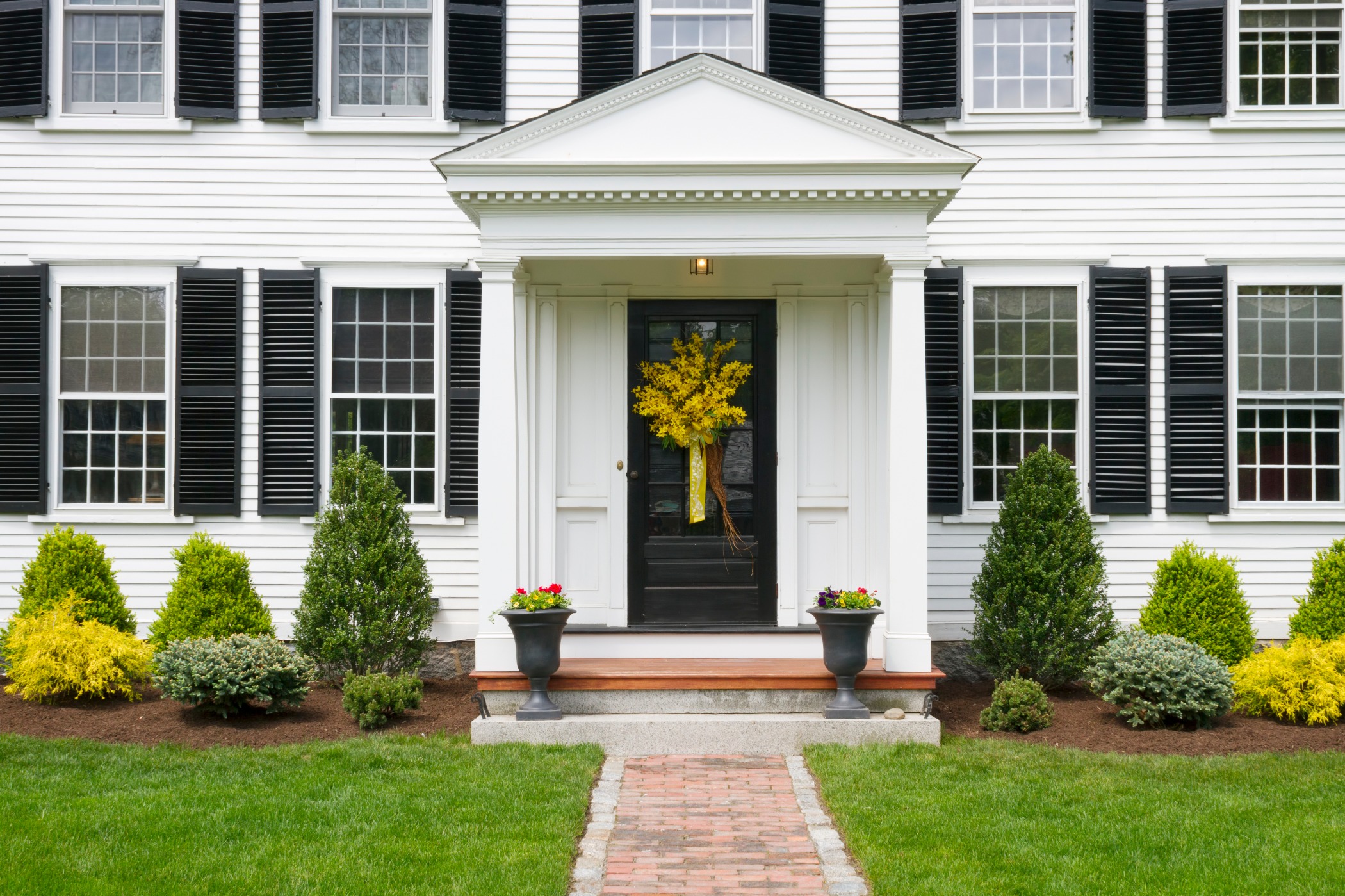

You always hear talk of homes having inherently ‘good bones’ but what does that really mean? While a decent paint job and pretty brass fixtures can quickly become eye-catching features that might sell you on a property from an aesthetic level, ‘good bones’ are a little less obvious and require using a critical eye to look beyond surface level to understand if you new home is
Whether you’re visiting a property listing for the first time or considering starting home renovations in your existing property, understanding the real strong points—like a solid foundation or original features—will ensure you’re putting your best foot forward when it comes to making smart real estate decisions.
Below, we reached out to a handful of architects and seasoned real estate agents in our network to get their insights on exactly how to tell if a house seems like it has good bones—in a matter of minutes. While you won’t know a hundred percent until you bring in a home inspection professional to do a report, these quick tips will help set you on the right path.
- See our edit on house renovation costs too.
Does it have big windows and natural light?
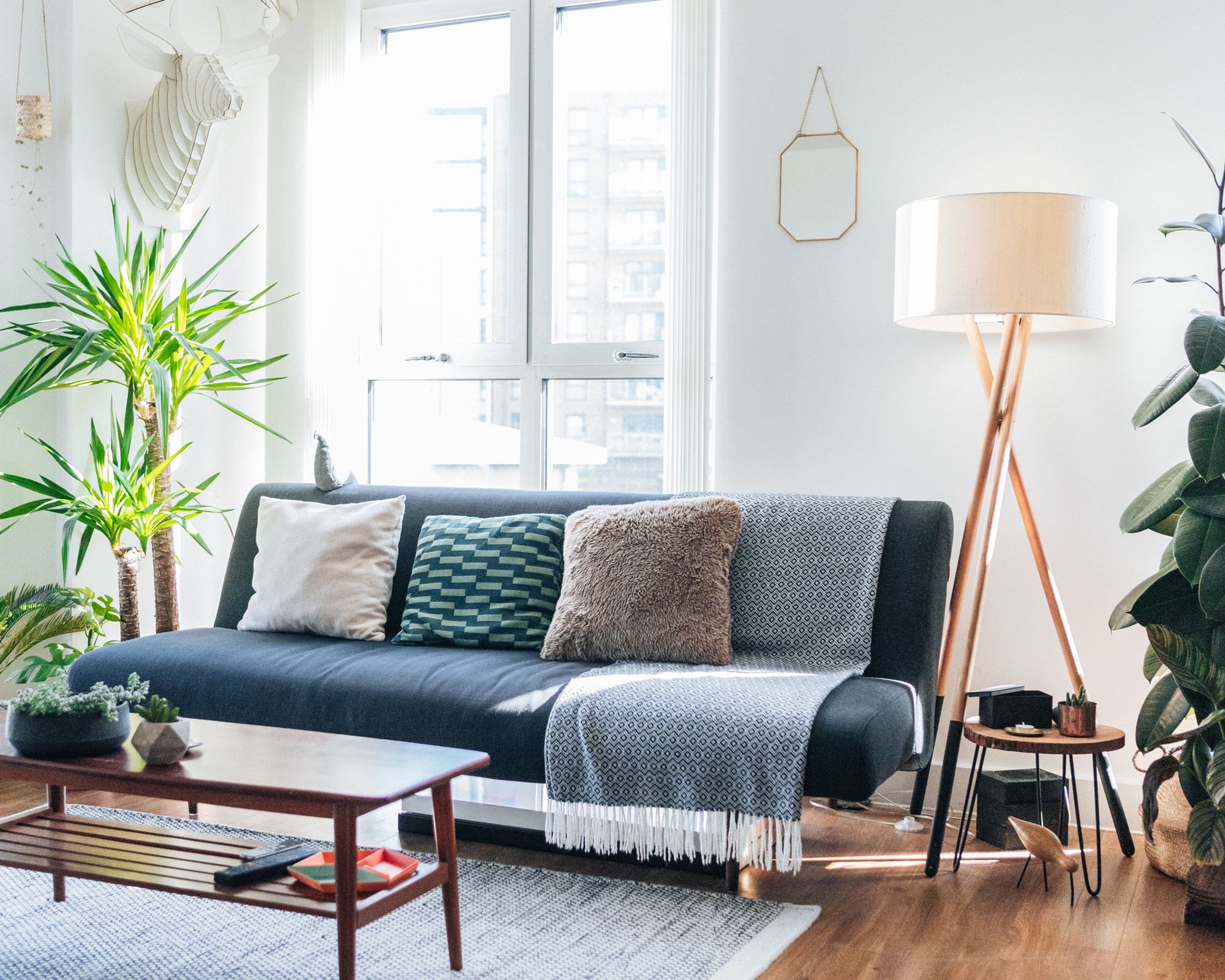
According to Tomas Satas, Founder and CEO, Windy City HomeBuyer, looking for less obvious assets that might seem like an aesthetic bonus but there’s a good reason to keep an eye out for those small details.
Does it have big windows and natural light? Are there hardwood floors? If carpeted, could hardwood floors be hiding underneath? Do you see any cracks in the concrete both interior or exterior? “Some less subtle observations help determine the overall condition of the home,” explains Satas.
Does the floor plan make sense?
Sure an old home with small rooms can still have great bones but do there appear to be any renovations inside? “If the home has been hacked up already, it likely doesn't have good bones,” explains Satas. “Original woodwork throughout the home is always a good sign!”
Do the permits make sense?
Past the initial walk-through, Satas suggests checking with city hall and requesting permits for the home. “You'll then be able to determine the age of the roof and if all work was permitted,” says Satas. “You're asking for trouble when you buy a house with unpermitted additions.”
Join our newsletter
Get small space home decor ideas, celeb inspiration, DIY tips and more, straight to your inbox!
Are there cracks in the interior tiles?
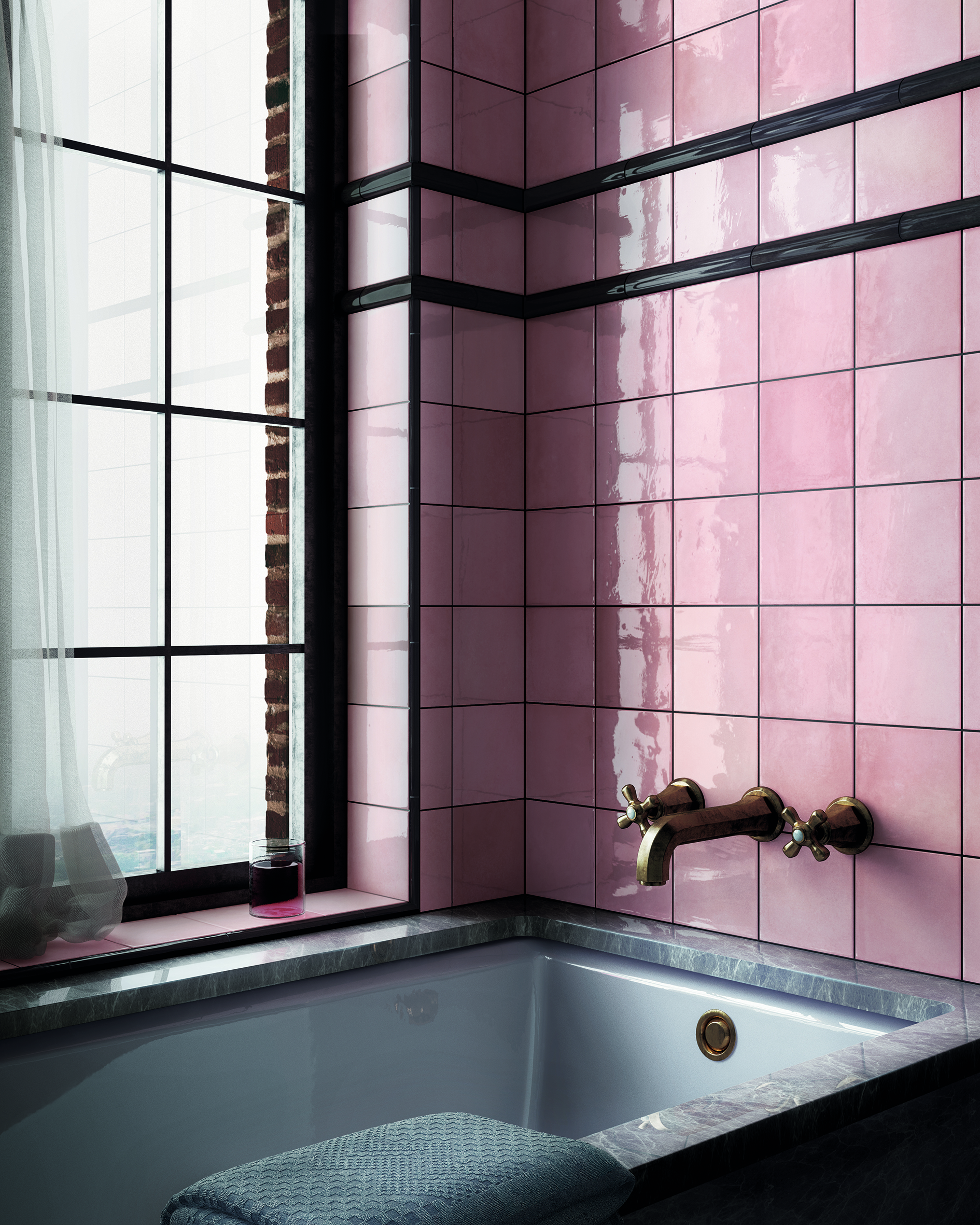
To tell if a home has good bones, Tyler Forte, Founder and CEO, Felix Homes, suggests keeping an eye out for cracked tile in the bathroom or kitchen—which can suggest foundation issues.
Does it have original features?
“What you want to look for is a lot of original features,” explains Melissa Terzis, Broker/Realtor, “but features are different than finishes.” According to Terzis, features may include something like an original cutout detail or built-in cabinet that still exists, whereas finishes are perhaps new cabinets or vanities in the bathroom. “These don't affect the structure and bones of the home because these can be removed and replaced without affecting the bones of the house,” adds Terzis.
When a home has multiple owners over several decades, each owner tends to make changes for their particular living style. But then a prospective buyer is often met with a hodgepodge of renovation styles that make no sense and are of subpar quality.
Is the foundation intact?
Of course, the bones typically refer to the structure of the house and should be examined before even walking inside for the first time. “I can spot if a house has good bones pretty close to the first time I pull up. I take a look at the exterior condition and note the age of the house in my head,” explains Doug Hentges, Founder, DH Home Solutions. “I look for cracks in the foundation and walls. Also look for wood that has rotted, or really anything that can show age in the house.”
According to Hentges, once you get inside you can also tell by how the house walks. Does the foundation feel even walking throughout the house? Are doors having trouble shutting? These are all signs that the foundation might not be in the best shape.
Are there recent additions?
Homes built before the fifties used considerably fewer construction methods that are expected by today's residential building code. This is generally speaking, of course, so there are plenty of solid homes built before this time frame but you should proceed with extra caution on older homes. “You should evaluate if the home has an addition that was put on after its original construction as they are more likely to have issues with structural integrity,” shares Bill Samuel, Real Estate Broker at Blue Ladder Development.
Has the home been cared for?
Has the home been in well-meaning hands over the years? According to Emily Jones, Real Estate Agent with Keller Williams Edge Realty, you can see if a home has been cared for pretty quickly in photos.
“Outdated wallpaper, carpet or tile can be overlooked if the home has clearly been lovingly looked after and is clean,” Jones explains. “When you see homes that look neglected, it can sometimes be a sign that essential repairs may have been overlooked or short cuts were taken.”
Are the corners in good condition?
“Building quality is hard to tell, but when walking to a potential clients’ place I always take a quick look at the corners,” explains Kristopher White, Partner, award-winning Austin-based architecture and design firm Dick Clark + Associates. “The corners of doors, windows and other openings will tell you how a house is settling and a lot about the foundation. Large, diagonal cracks mean something is flexing in a weird direction and may require some work (and money) that will be used just to fix issues.”
Do the architectural features interest you?
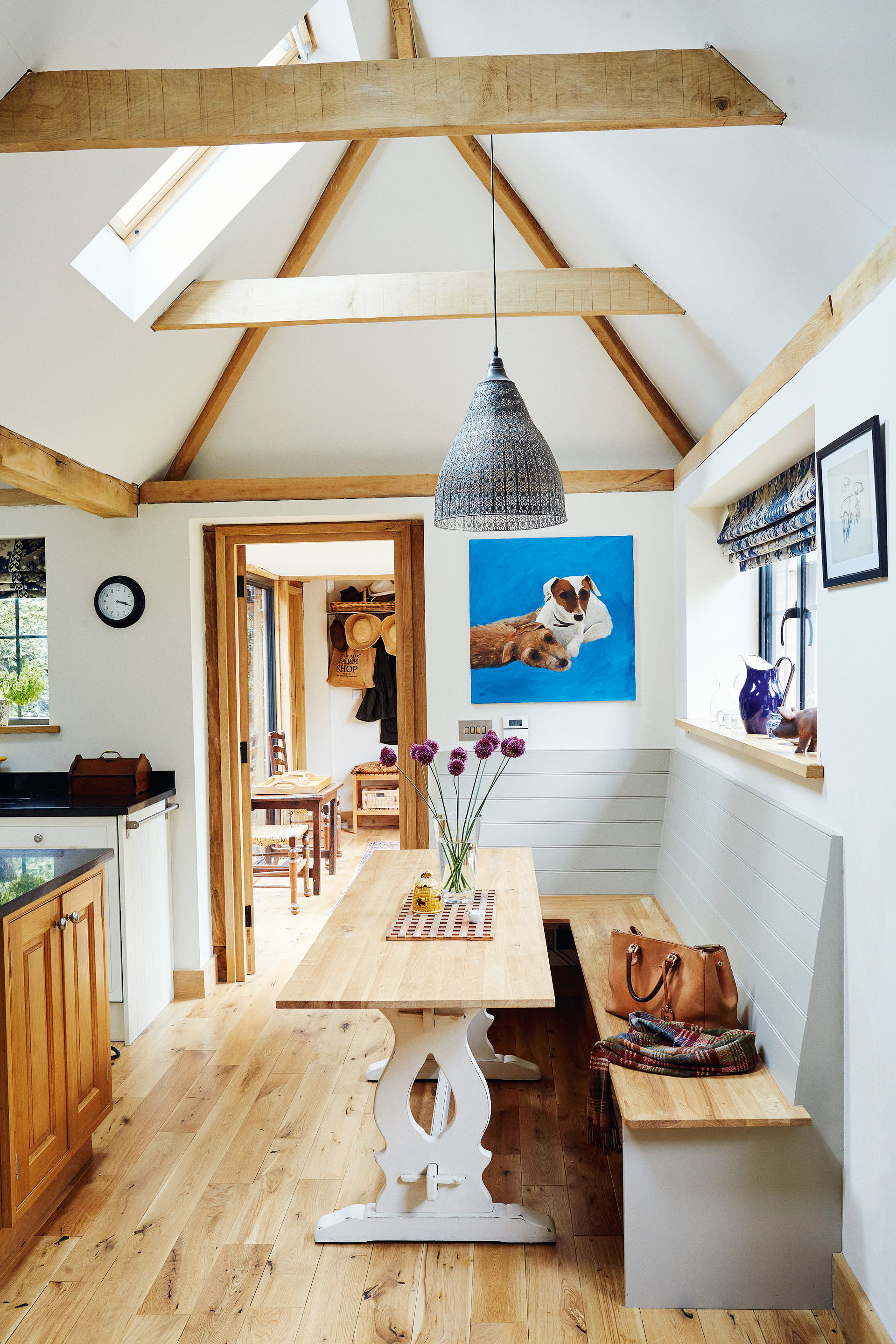
As far as “good bones” for architecture, it’s really just the feeling you get when you walk in. People love those mid-century vibes—even when they are somewhat minimized in those seventies and eighties houses. “Vaulted ceilings (at least in the main rooms) allow for us, as designers, to immediately know that we can manipulate the space and open up the volume without a lot of structural gymnastics to make those ideas happen,” shares White.
Kaitlyn is an experienced travel and lifestyle writer with a keen interest in interior decorating and home optimization. An avid traveler, she's currently splitting her time between her apartment in a century-old châteauesque building in Montreal and her cozy chalet in the woods (that she built with her own two hands... and many YouTube tutorials!). Her work has been published in Travel + Leisure, Tatler Asia, Forbes, Robb Report Singapore, and various other international publications.
-
 These are the items you’re most likely to lose when moving house - and one could be seriously costly
These are the items you’re most likely to lose when moving house - and one could be seriously costlyDon't miss these off your checklist come moving day
By Millie Hurst Published
-
 Selling Sunset's Mary Fitzgerald reveals the strangest thing she's seen in a home
Selling Sunset's Mary Fitzgerald reveals the strangest thing she's seen in a homeWe caught up with the Selling Sunset star about the most outrageous--and outlandish--things she's seen at a showing, her home-selling tips, and more
By Kaitlin Madden Published
-
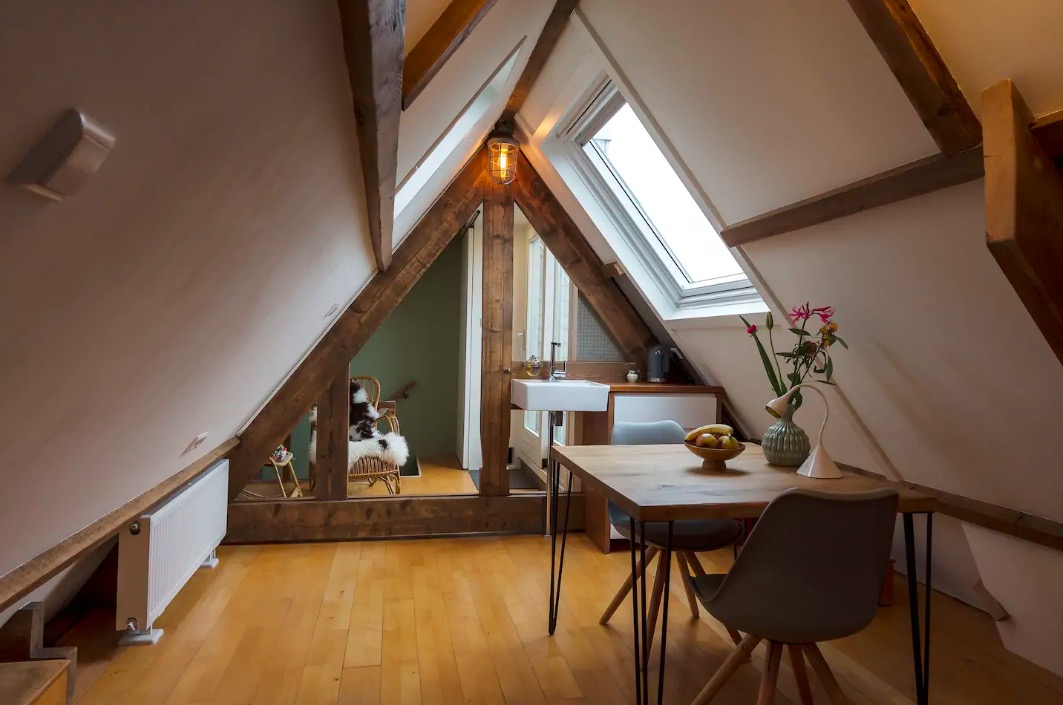 Airbnbs in Amsterdam: 5 gorgeous (and slightly unusual) places to stay
Airbnbs in Amsterdam: 5 gorgeous (and slightly unusual) places to stayCheck out these Airbnbs in Amsterdam and get inspired to plan your next trip...
By Hebe Hatton Published
-
 Airbnbs in London: 5 cool places to stay in the capital
Airbnbs in London: 5 cool places to stay in the capitalLooking for Airbnbs in London? We've got you covered with these super chic stays...
By Hebe Hatton Published
-
 Revealed: London's most expensive roads
Revealed: London's most expensive roadsThese would be dark blue on the Monopoly board
By Hebe Hatton Published
-
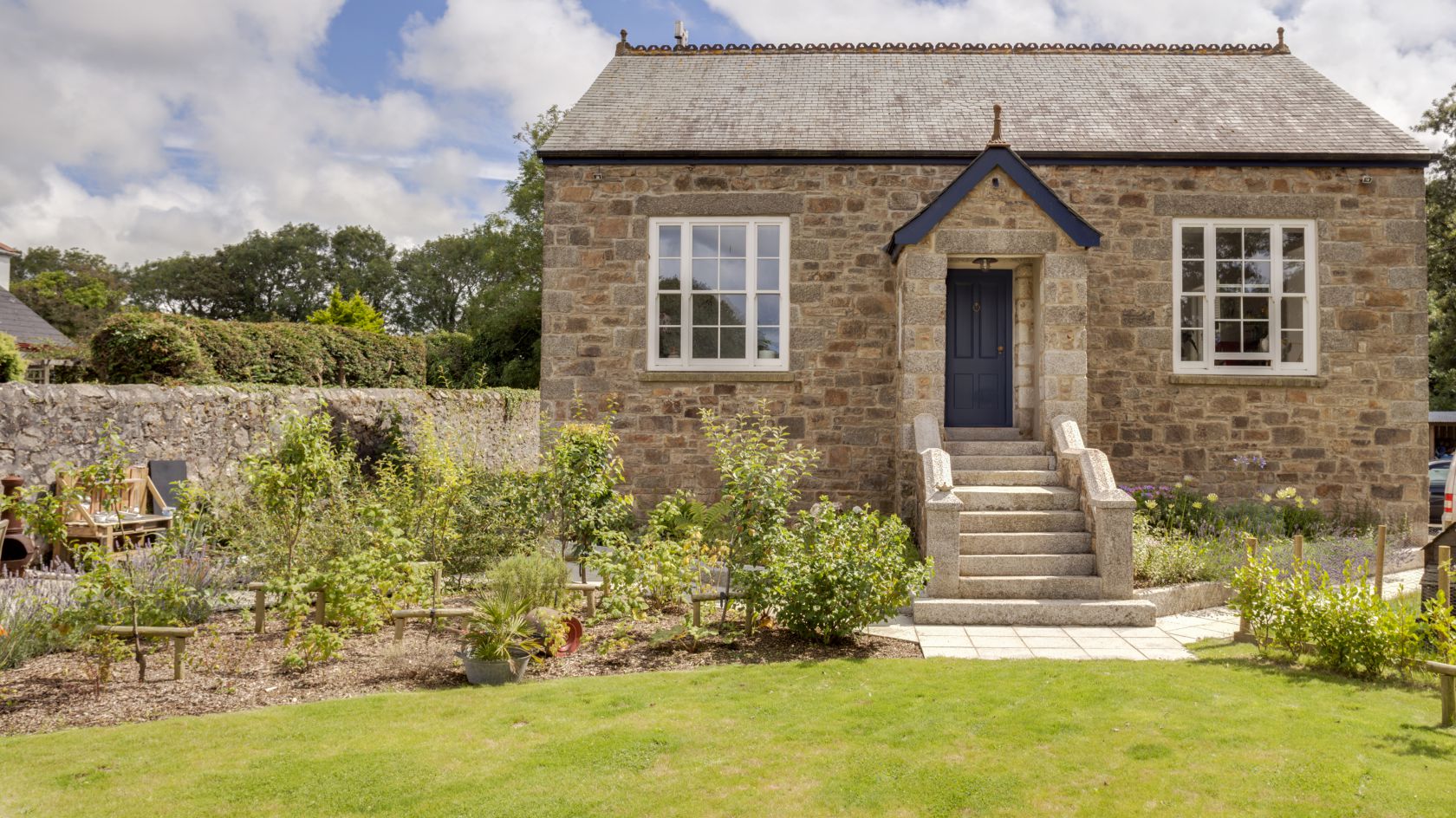 What contributes most to our wellbeing: our homes, our health or our paychecks?
What contributes most to our wellbeing: our homes, our health or our paychecks?The answer will surprise you...
By Hebe Hatton Published